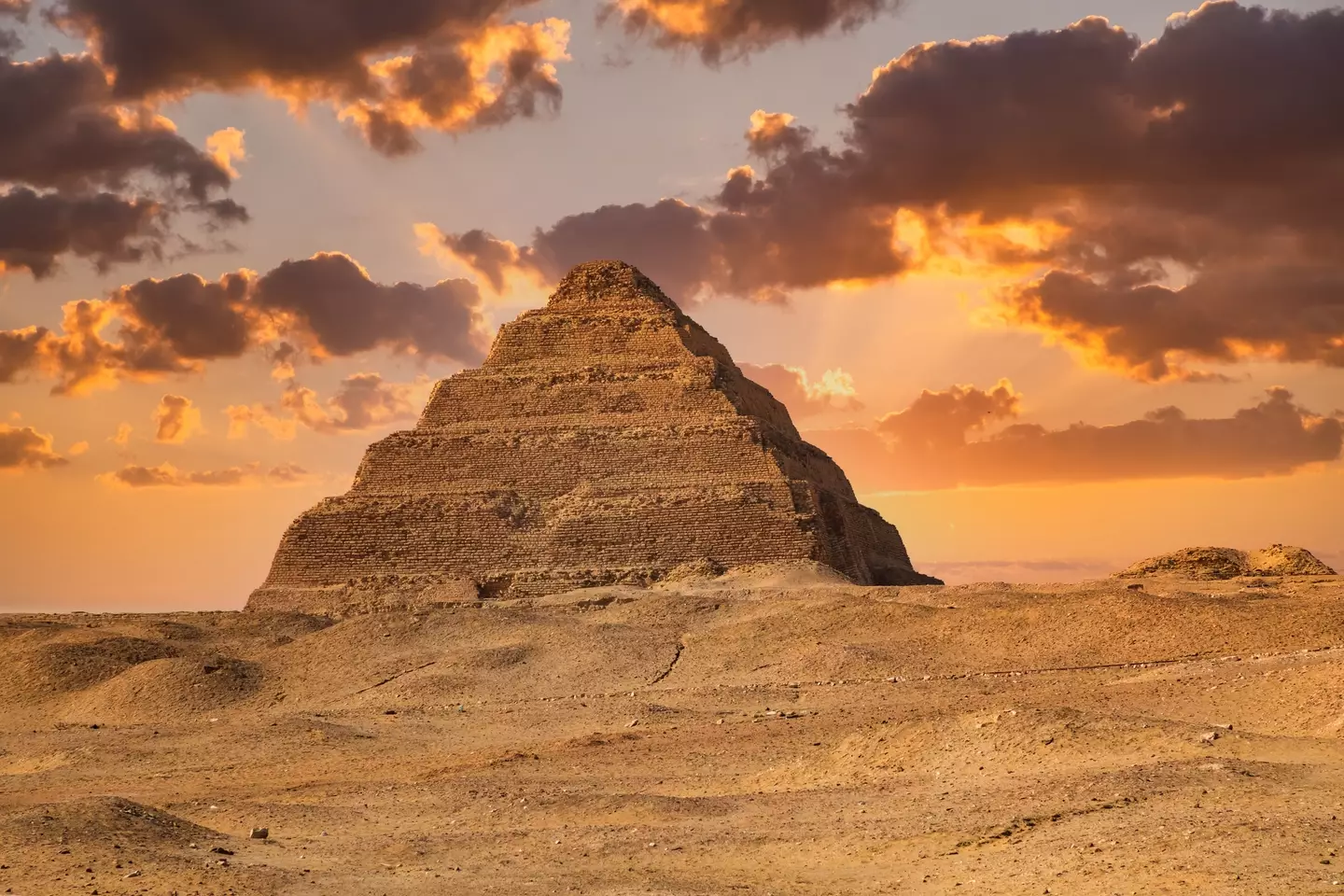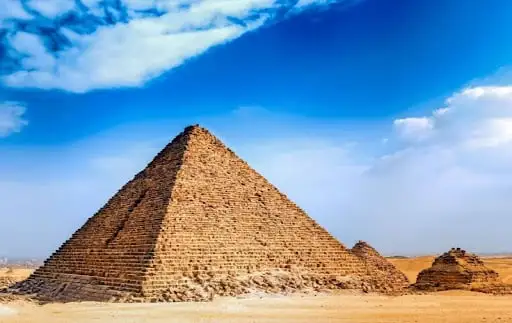The Layer Pyramid, also known as the Collapsed Pyramid, is one of Egypt’s lesser-known but intriguing ancient monuments. Located in the necropolis of Zawyet El Aryan, its unique ruined and stepped appearance has puzzled archaeologists for decades. The Layer Pyramid offers valuable insight into the architectural transitions that led to the classic pyramid shape. Exploring the Layer Pyramid reveals a fascinating chapter in Egypt’s pyramid-building history, rich with mystery and discovery.
History of the Layer Pyramid
The Layer Pyramid dates to Egypt’s Third Dynasty, around 2700 BC, and is attributed by many scholars to Pharaoh Sekhemkhet, the successor of Djoser. Although unfinished and collapsed, it stands as a critical example of early pyramid development. Its design reflects experimentation following Djoser’s Step Pyramid, showcasing the evolving ambitions and techniques of early Old Kingdom kings.
How Was the Layer Pyramid Built?
The Layer Pyramid originally had a stepped core, similar to the Step Pyramid, but was encased in fine white limestone that attempted to give it smooth outer surfaces. Unfortunately, the pyramid collapsed shortly after construction, exposing the stepped internal layers from which it takes its name. The combination of mudbrick core and limestone casing illustrates early attempts at pyramid engineering, including innovations and challenges that shaped future pyramids.
Location of the Layer Pyramid
Situated in the royal necropolis of Zawyet El Aryan, approximately 8 kilometers south of Giza, the Layer Pyramid lies in a less explored archaeological site. Despite its ruined condition, the location is significant as it is part of the royal burial grounds during the Third Dynasty period, linking it geographically and historically to other major pyramid sites like Saqqara.
What Makes the Layer Pyramid Unique?
The Layer Pyramid’s uniqueness comes from its rare partly collapsed state and complex construction technique combining stepped mudbrick layers and fine limestone casing. Its unfinished and ruined form provides experts with invaluable data on early pyramid building processes, failures, and innovations. The pyramid also contains the earliest known subterranean burial chamber designed with tunnels and galleries, reflecting pioneering architectural efforts.
Fascinating Facts About the Layer Pyramid
- The Layer Pyramid is believed to have been intended as a smooth-sided pyramid but collapsed shortly after construction.
- It is mainly constructed with mudbrick core layers topped with limestone casing stones.
- Its subterranean chambers include elaborate corridors and a massive sarcophagus chamber, which was unearthed in archaeological digs.
- Unlike other pyramids, it remains mostly in ruins, giving unique insight into ancient building challenges.
- The pyramid is often synonymous with Pharaoh Sekhemkhet, although some debate its exact ownership.
- Excavations have revealed objects and inscriptions contributing to understanding the Third Dynasty’s burial customs.
How Desert Cruise Makes Your Visit Special
Desert Cruise offers expert guided tours to the Layer Pyramid and surrounding Zawyet El Aryan necropolis, providing history enthusiasts with detailed archaeological background and exploration opportunities. Visitors experience an intimate, less crowded site away from the tourist bustle, combined with knowledgeable narration that highlights the Layer Pyramid’s place in ancient Egypt’s pyramid evolution. The tours include comfortable travel arrangements and access to significant yet often overlooked heritage sites.
Conclusion
The Layer Pyramid stands as a mysterious and revealing monument within Egypt’s ancient architectural history. Though largely ruined, its layered structure speaks volumes about the trials, transformations, and innovations that shaped the ultimate pyramid designs. A visit to the Layer Pyramid gives an exceptional perspective on Egypt’s early kingdom ambitions and monumental craftsmanship. Desert Cruise transforms this exploration into an engaging, enriching journey through one of Egypt’s architectural mysteries.



